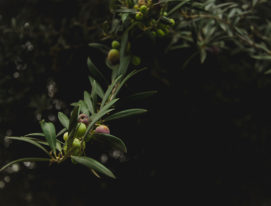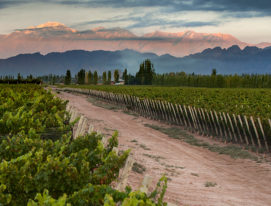Ever since 2010, when one heard the name Casa de Uco they immediately thought of the resort located on a 320 hectare estate in Los Chacayes, Uco Valley. Built in a modern, minimalist style, it is one of the most luxurious hotels in the valley and also has a wine bar & lounge, high class restaurant and of course an underground cellar.
However, Casa de Uco is much more than a prestigious lodge: it’s also a winery that played a fundamental role in establishing the Los Chacayes GI, thus enhancing the prestige of a terroir that had long been interesting oenologists and winegrowers. Located 4100 feet above sea level, the area gets about 300 days of sun a year with warm days and cool nights that make for concentrated grapes with the ideal aromatic profile.
“It’s a very varied area, even within a single lot: you’ll find extremely rocky soils at the top and then five rows to the side there’ll be sand two meters deep,” explains Germán Frenk, who runs the winery and vineyard at Casa de Uco. He works with the agricultural engineer and oenologist Sebastián Bisole and the Italian oenology consultant Alberto Antonini.
The diversity of Los Chacayes is a natural treasure and the winery realized that to preserve it it was important to manage the vineyard in an organic, sustainable manner. 20 hectares have been certified by the IAO (International Agricultural Organization) and they are planning to extend that to the entire lot by 2022. It has also received Global Certification of Good Agricultural Practices which evaluates the interaction between the environment, people and agriculture.
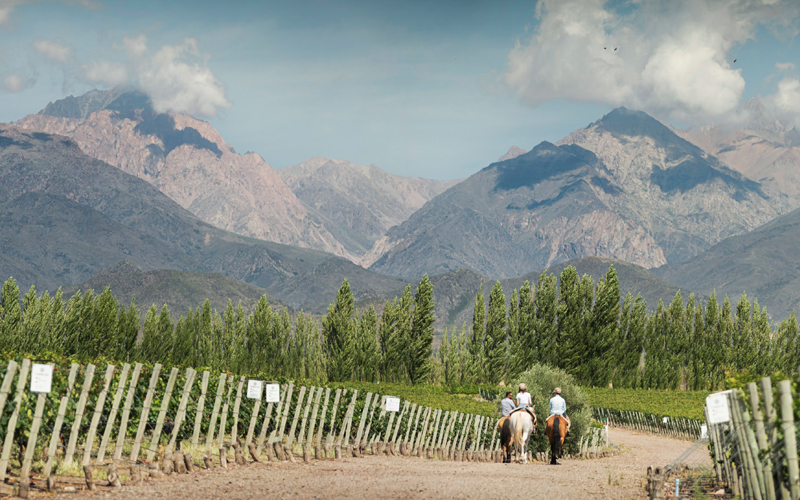
Casa de Uco: cherishing local character
At Casa de Uco the harvest is a painstaking process, with each soil type identified according to the qualities it lends the grapes and thus harvested at different times. The wines are then fermented with native yeasts.
“Two years ago the winery started work on developing its own yeasts, taking samples from the vineyard, selecting the best for its processes and propagating them”, says Frenk
Concrete eggs and vats are both used during fermentation: the former are used initially to energize the process while the latter subsequently stabilize the wine. In addition, clay vessels and small ceramic eggs are used for the whites and rosés. Finally, for aging, Casa de Uco uses large vessels such as 500-liter barrels and 2500-liter French oak casks to ensure the least amount of contact possible between the wood and the wine so as not to affect the unique quality of the harvest.
In order to reduce the margin for error that is part and parcel of the low intervention method, the team focuses on maximum precision in the vineyard. They employ a range of techniques from hand picking to the use of hydric probes, soil samples and rhizotrons (underground laboratories that measure the development of a plant’s roots in order to decide on the best course of fertilization).
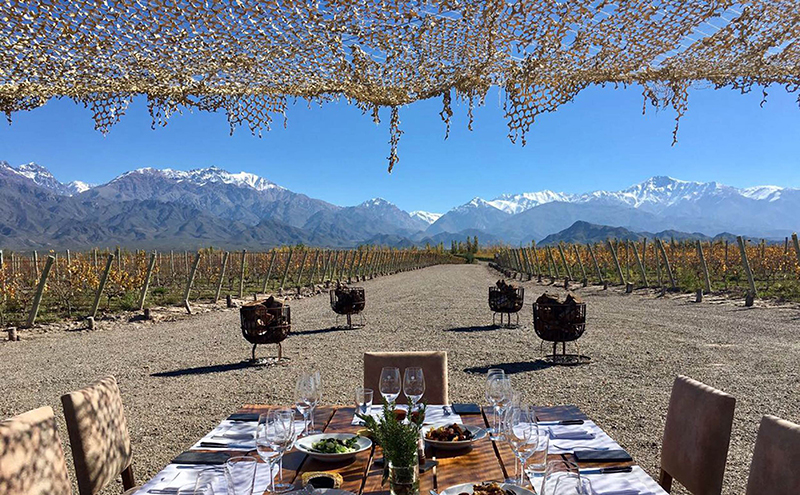
Learning from the earth
Given their overriding philosophy of seeking the purest possible expression of the natural terroir it’s no wonder that Casa de Uco’s main line is called Salvaje (Wild). Its reds include a Pinot Noir, Malbec and Cabernet Franc in addition to a Blend of Blancs (Torrontés, Sauvignon Blanc, Chardonnay and Pinot Gris); an orange wine made from Chardonnay and Torrontés and three different takes on Pinot Gris: a red, a rosé and a white.
In addition to the Salvaje line, they make a Vineyard Selection Malbec (a mixture of stony soils) and the Winemaker’s Blend (a selection of the best lots across the vineyard). “The idea is to make unique wines: what we deliver to the consumer is authenticity,” says Frenk. And because of the direction that work is taking him he’s certain that the best is yet to come.
“We opened our own winery in April 2016; before we made our wines in third party wineries. That growth has allowed us to take our work to the next level but only now are we seeing the results of those years of effort. Right from the start we were building the GI simultaneously but getting the best out of the soil takes several years and there weren’t any neighbors to learn from.”
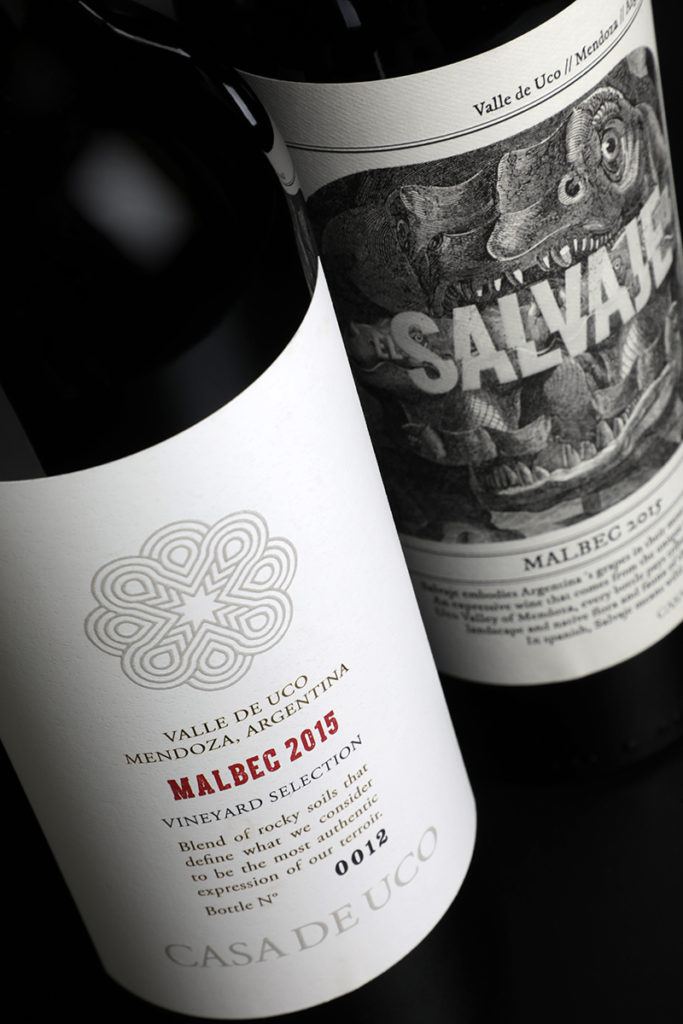
Casa de Uco is a member of the Vinodinámicos group, an association of wineries that work using organic and biodynamic methods who share their experiences and make joint investments in research and development. “We want to learn to help us grow and bring the best possible wine to market,” says Frenk.


